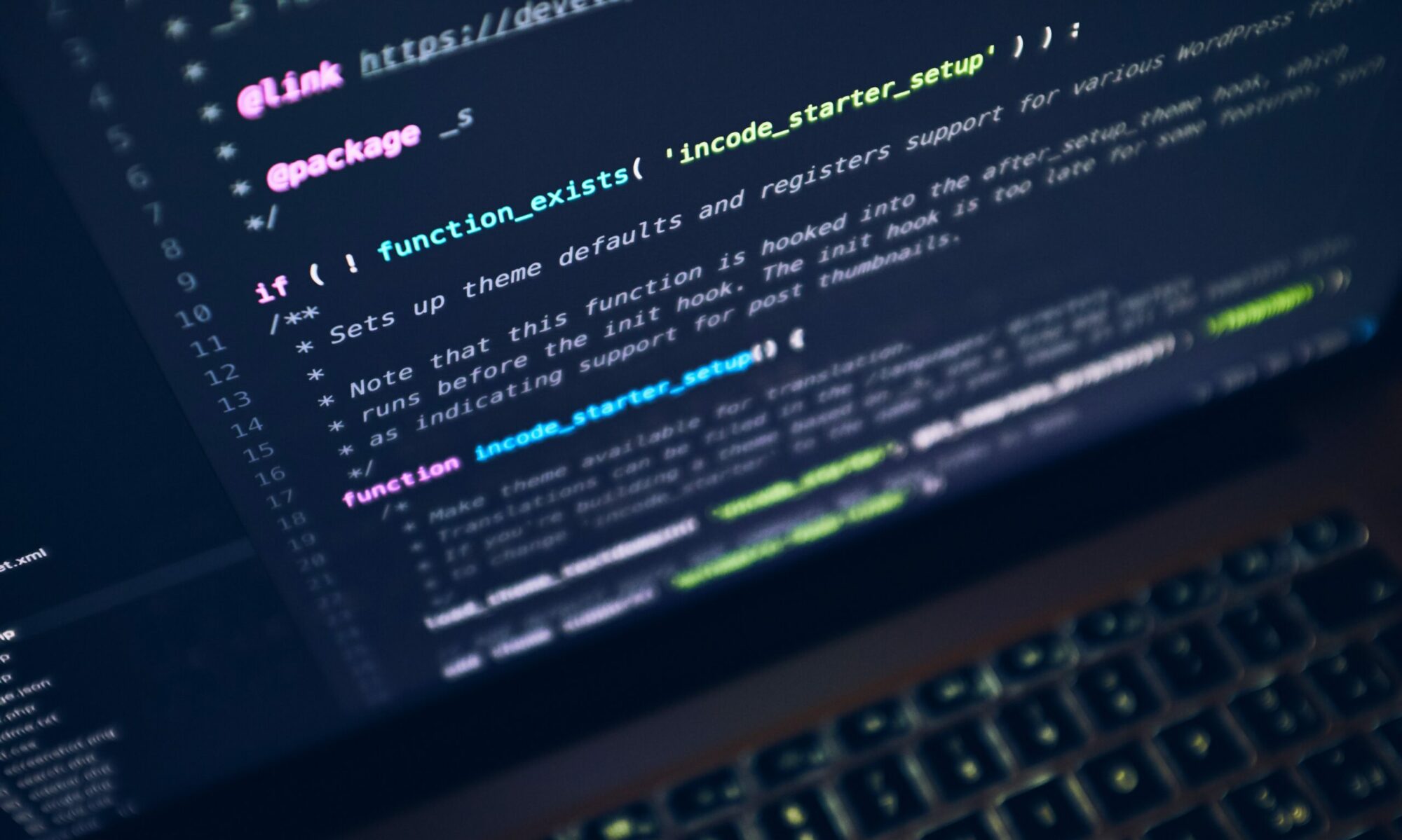
The concept of “critical assets” is probably not a new one for many. In the technology sector, this term refers to important elements within your company’s IT infrastructure. Think databases, application servers, privileged identities. If something goes wrong with these aspects, there may be significant consequences for your organization’s overall security.
But not all technology assets are critical assets. A delineation must also be made between a critical asset and a business-critical asset. So, what exactly are the risks to our business-critical assets? And, most importantly, how much do we know about those risks?
To grasp this topic fully, it’s important to recognize that business-critical assets are the technological backbone of your company. Yet, this is just one of the three pillars necessary for successful business operation. Organizations aiming for comprehensive cybersecurity governance must consider technology, business processes, and key employees. When these areas are taken into account, it becomes much easier to understand which resources are absolutely vital business-critical assets.
Why are Business-Critical Assets So Important?
In today’s world, every organization is grappling with a plethora of problems vying for solutions. But with numerous issues to address – whether it be CVEs, misconfigurations, or overly permissive identities – many organizations end up crippled by indecision, unsure of where to concentrate their efforts. Consequently, they might adopt what’s called a “cyber security spray ‘n pray approach,” which often ends in wasted time and resources. Instead of this broad, unfocused technique, organizations require a targeted effort towards the most crucial business-impacting issues.
Putting the spotlight on these business-impacting issues enhances resource allocation, efficiency, and effectiveness within an organization. More importantly, it encourages a tight focus on the issues that are of utmost concern to the senior leadership of the company. This means security teams are working hand-in-hand with senior management towards safeguarding the technological assets which support the most important business processes within their organization. The result? A tailored, business-centric cyber security approach with the highest return on investment.
Protecting Business-Critical Assets: A 4-step Method
Here’s a brief, four-step approach towards protecting your business-critical assets:
- Identify Business Processes: Start with a business risk assessment that will provide insight into your organization’s main business drivers and areas of greatest risk. If you have never done a risk assessment, consider adopting the “follow the money” approach, which focuses on how your company earns and spends money.
- Map Business Processes to Technology Assets: Once you’ve determined your most important business processes, establish a relationship between these processes and their underlying technology assets. These become your business-critical assets.
- Prioritize: Since you can’t fix everything, determining priorities is crucial. Ask “what are the top 3-5 business processes that are most important?” and consider feedback from company stakeholders and your risk management team.
- Implement Security Measures: After identifying and prioritizing company assets, the focus should shift to remediation activities. Typically, the outputs from your Vulnerability Management solution or recent Pen-test results will guide prioritization efforts for remediation.
Final Thoughts
Taking a more focused approach towards securing business-critical assets improves effectiveness and efficiency of security teams. Equally important, it fosters a stronger alignment with the priorities of senior leaders within the organization. With a robust understanding of what impacts your business most significantly, you can step away from unfocused, ineffective “security sprays” and start concentrating on what really matters to your company. This way, cybersecurity practice doesn’t just secure your technological assets, but contributes to the greater business strategy and its eventual success as a whole.
Related links:
https://thehackernews.com/2024/05/4-step-approach-to-mapping-and-securing.html



